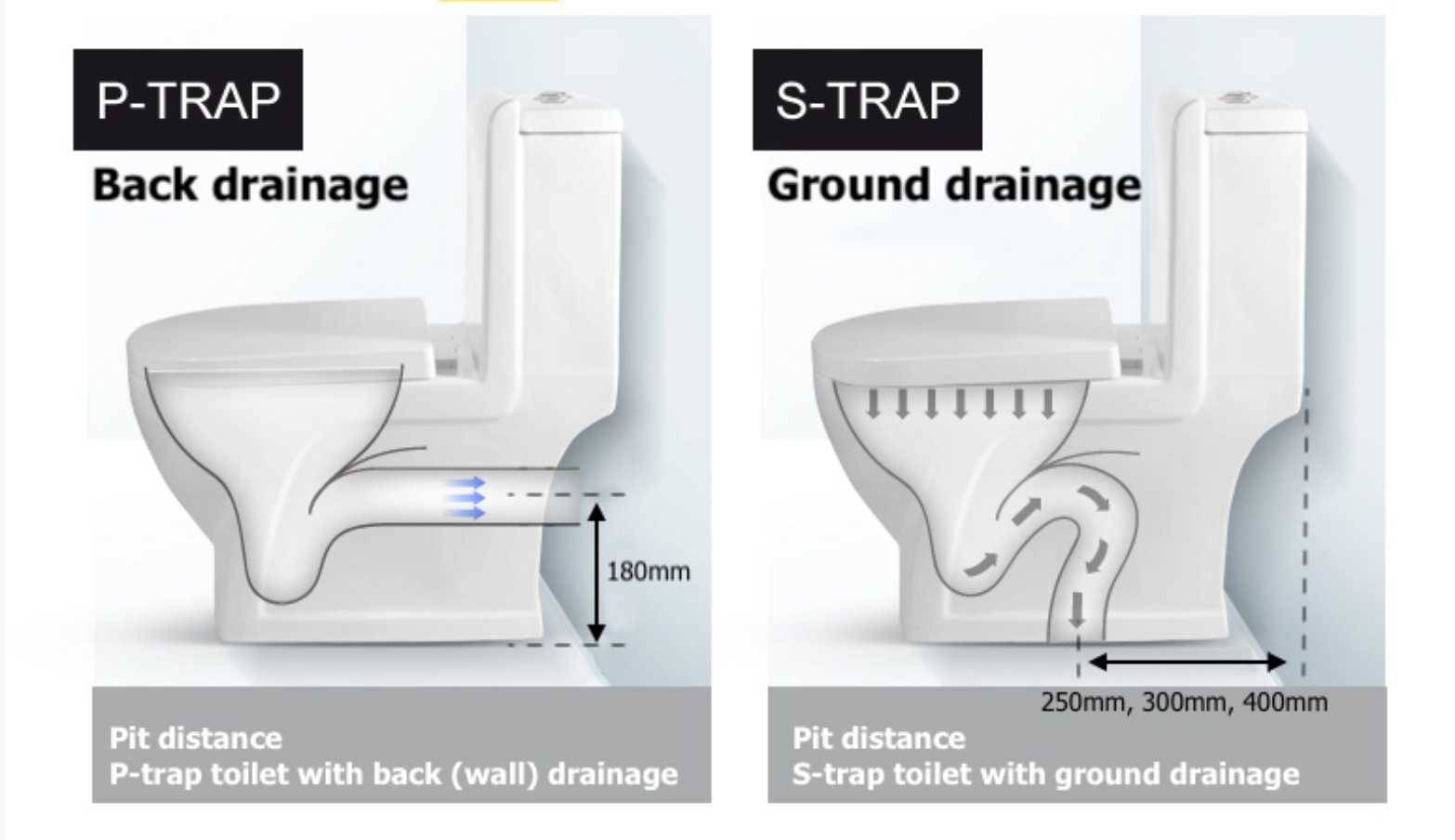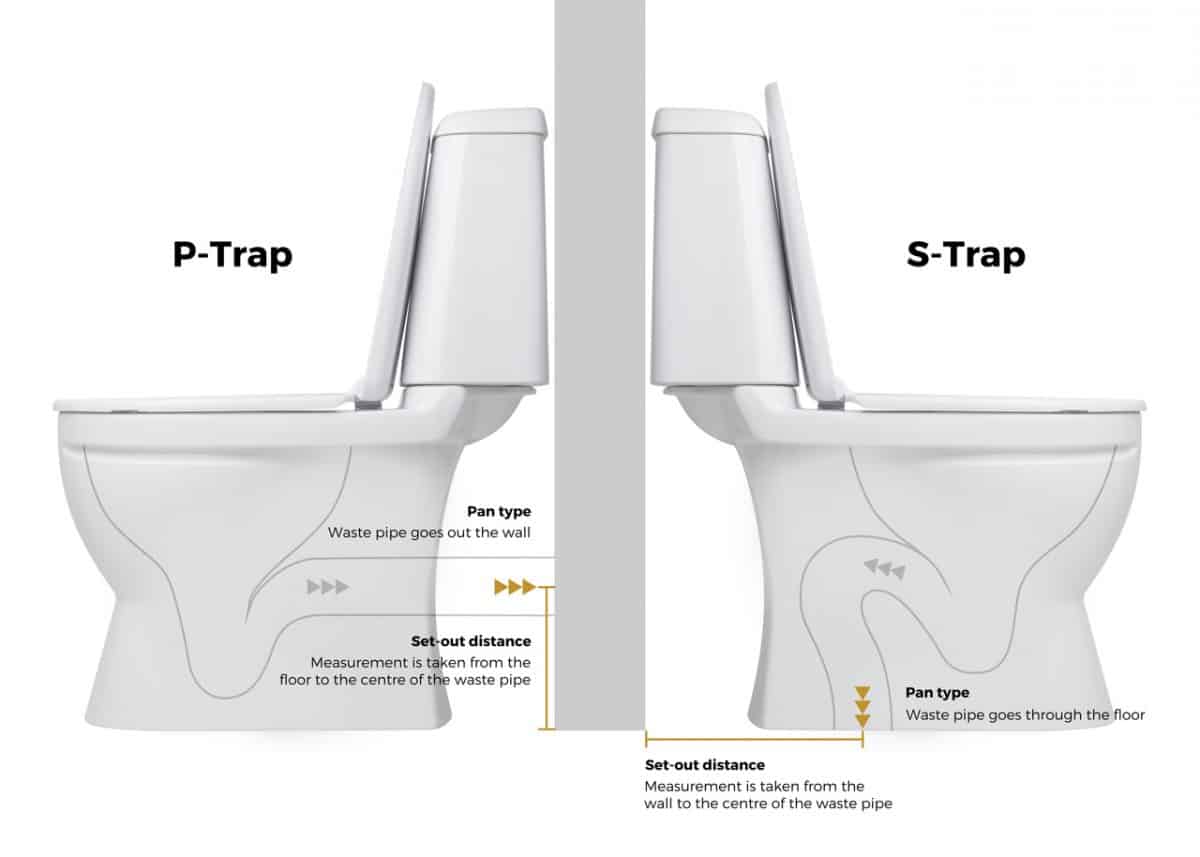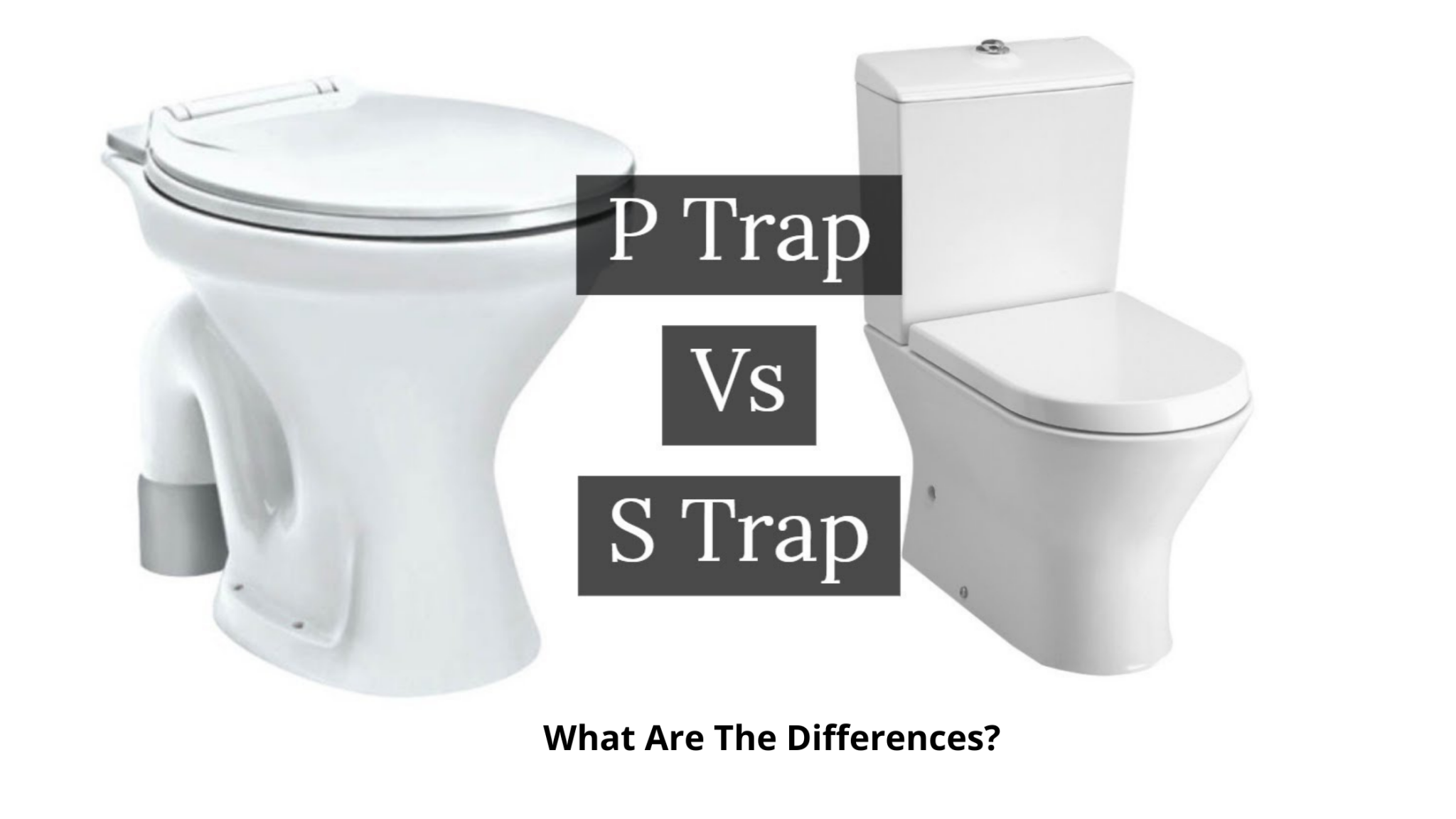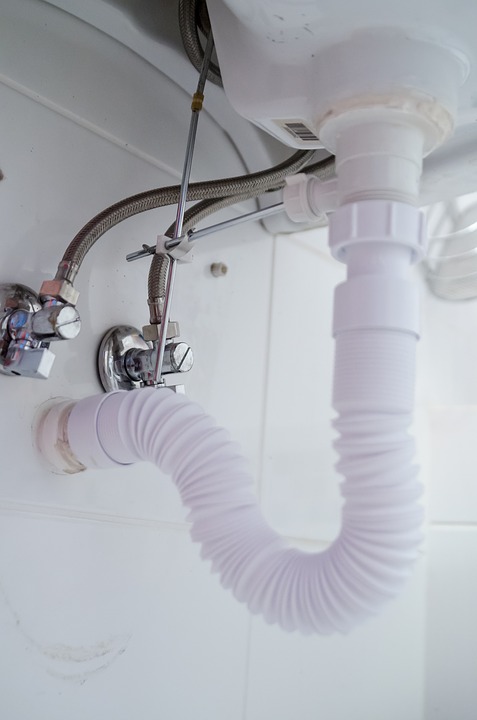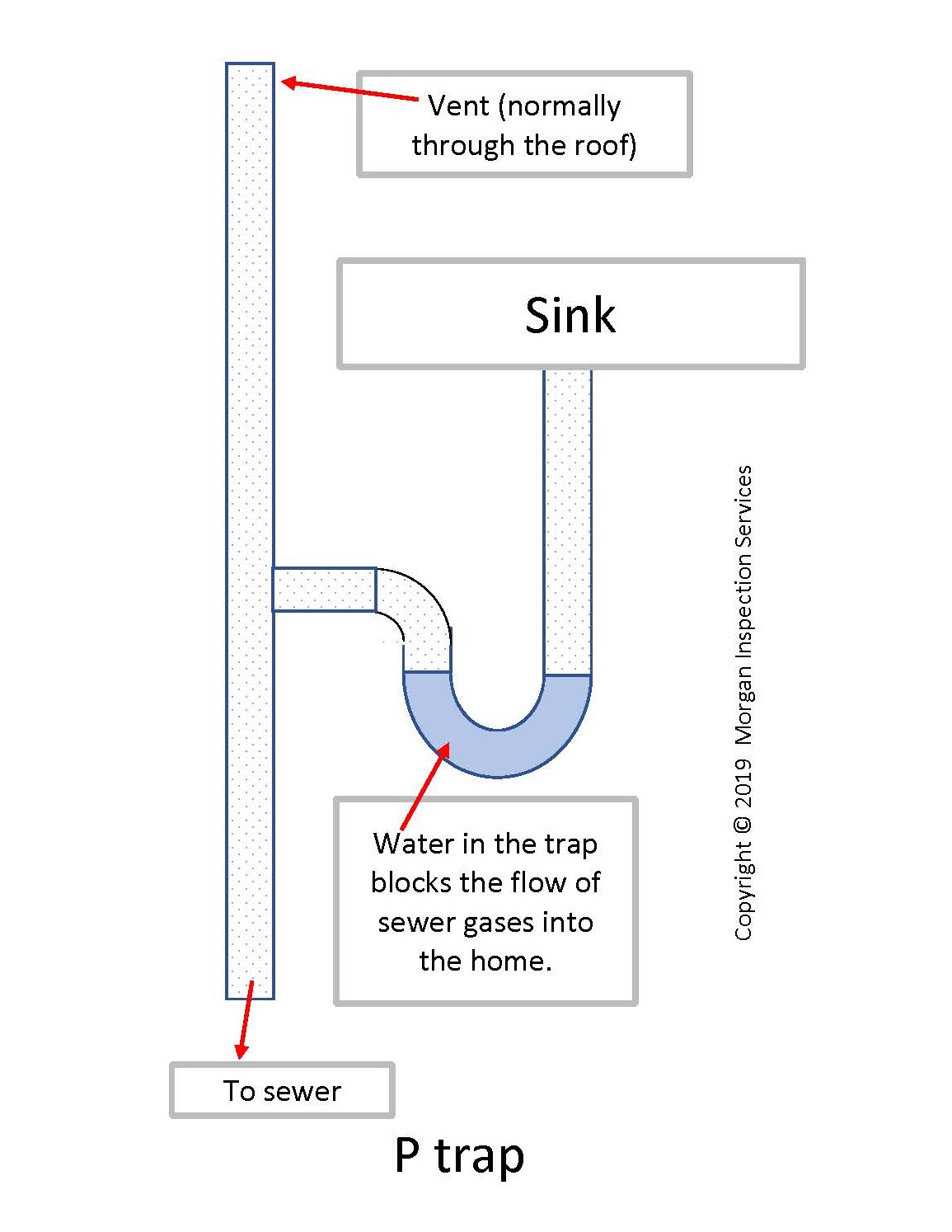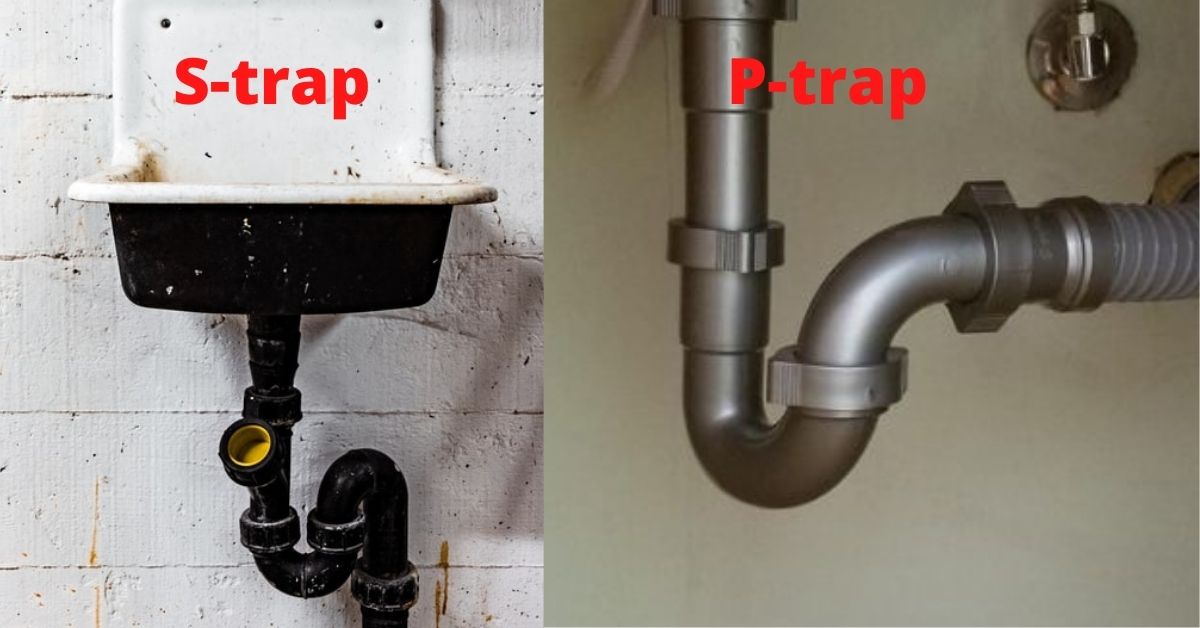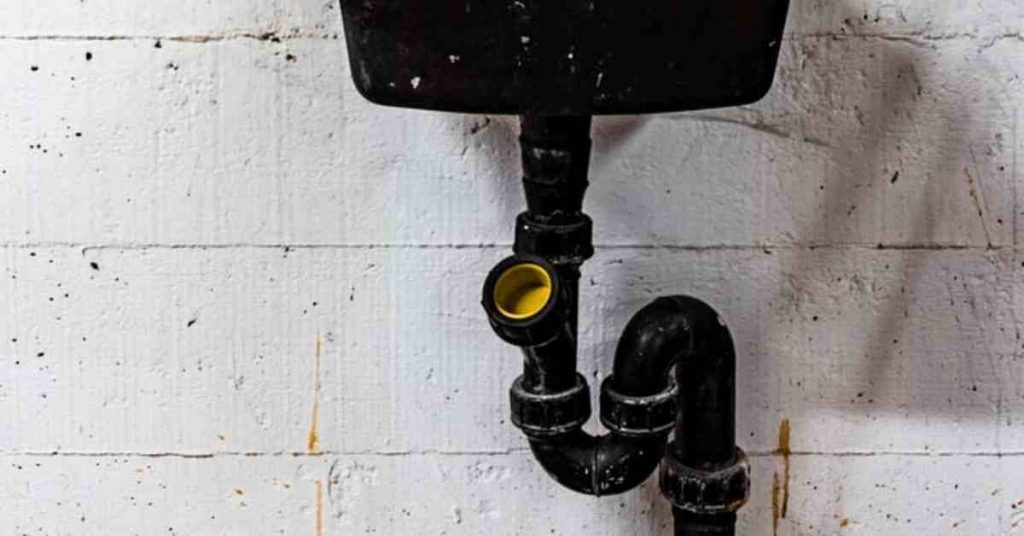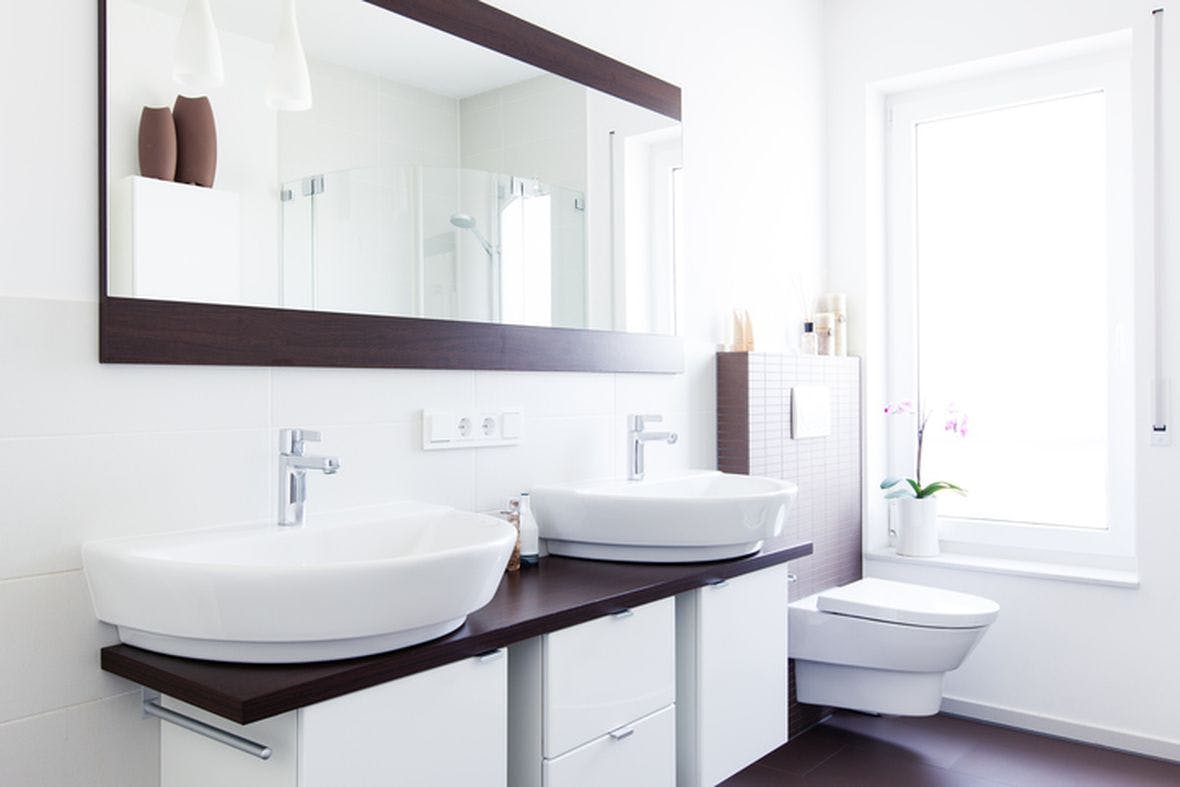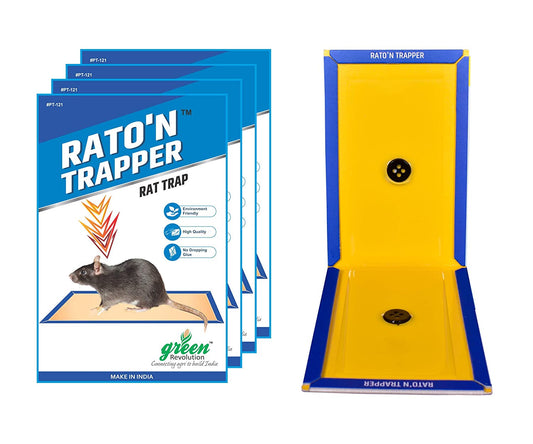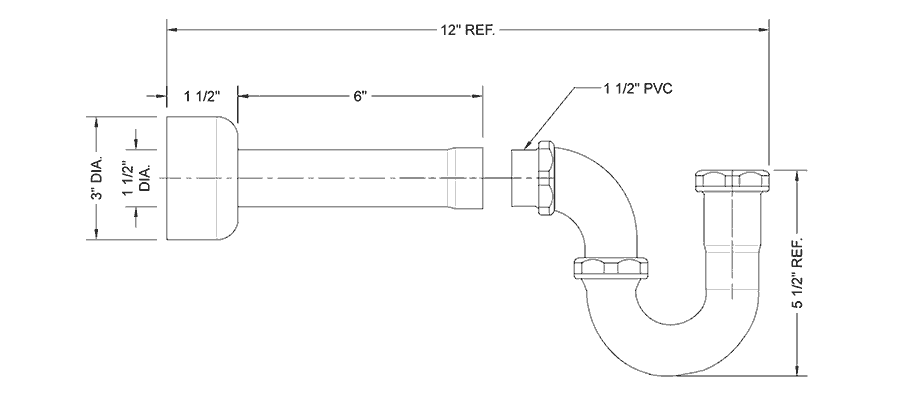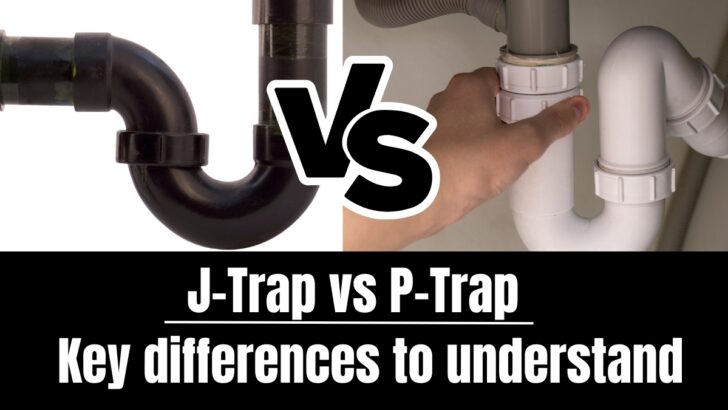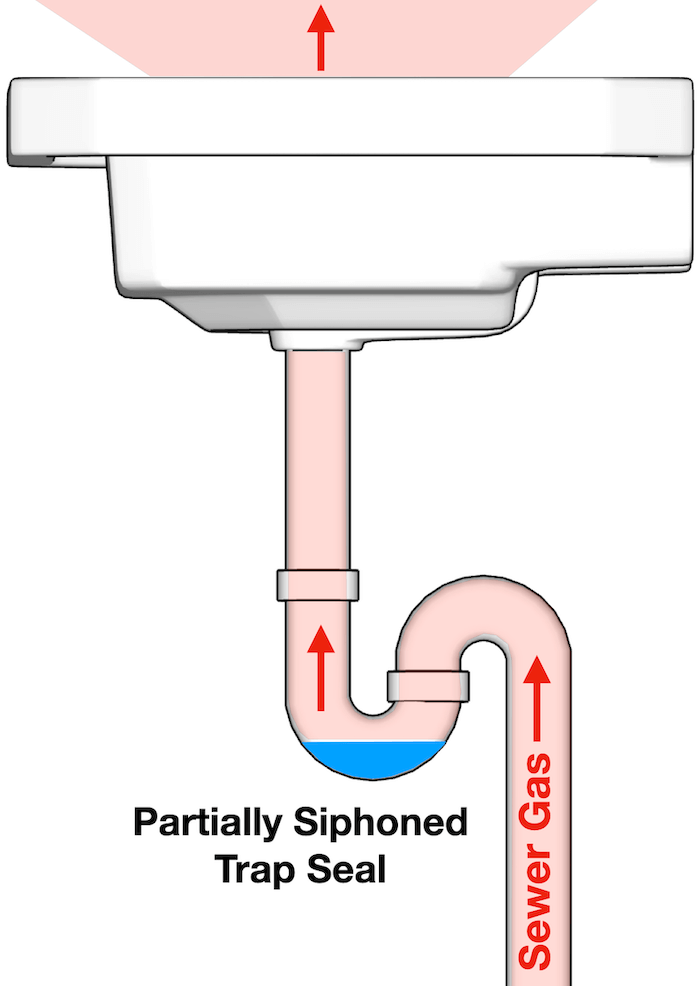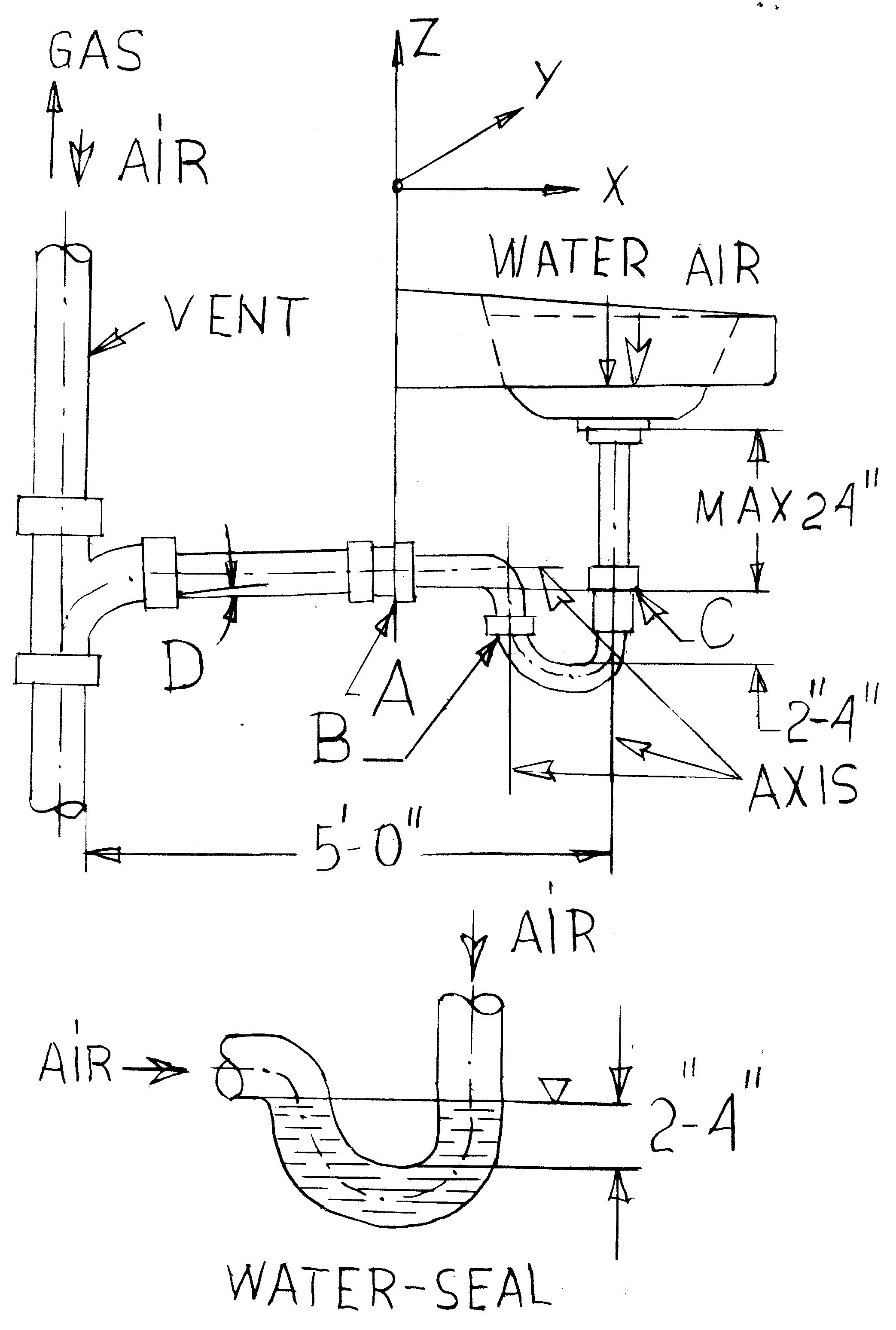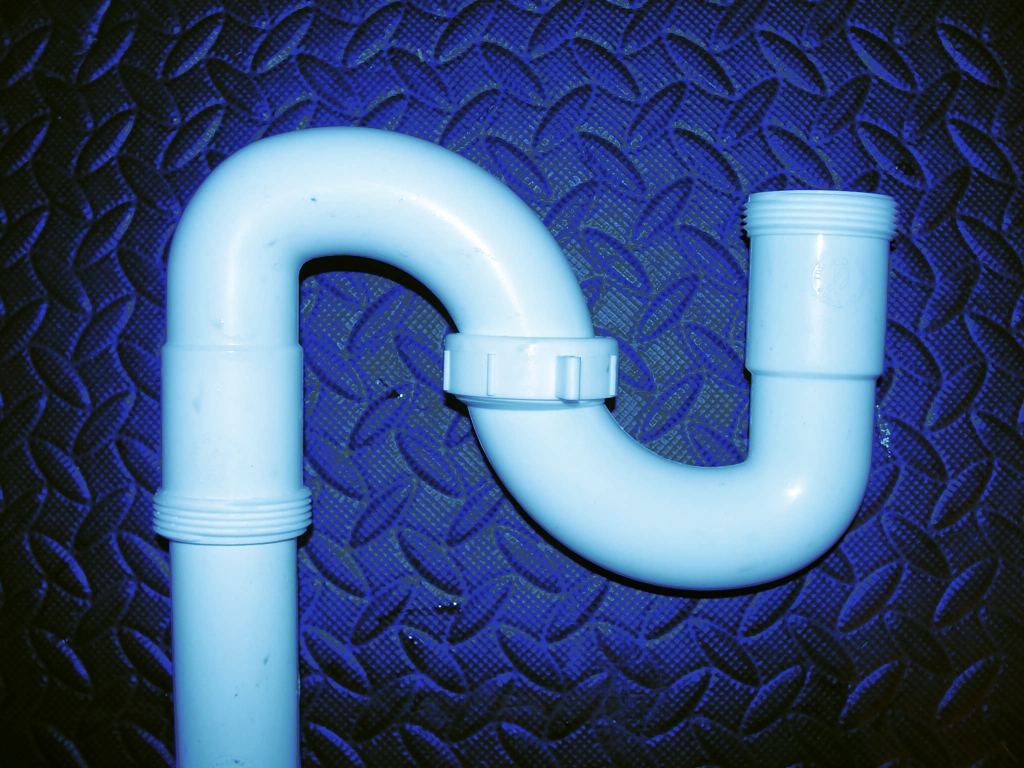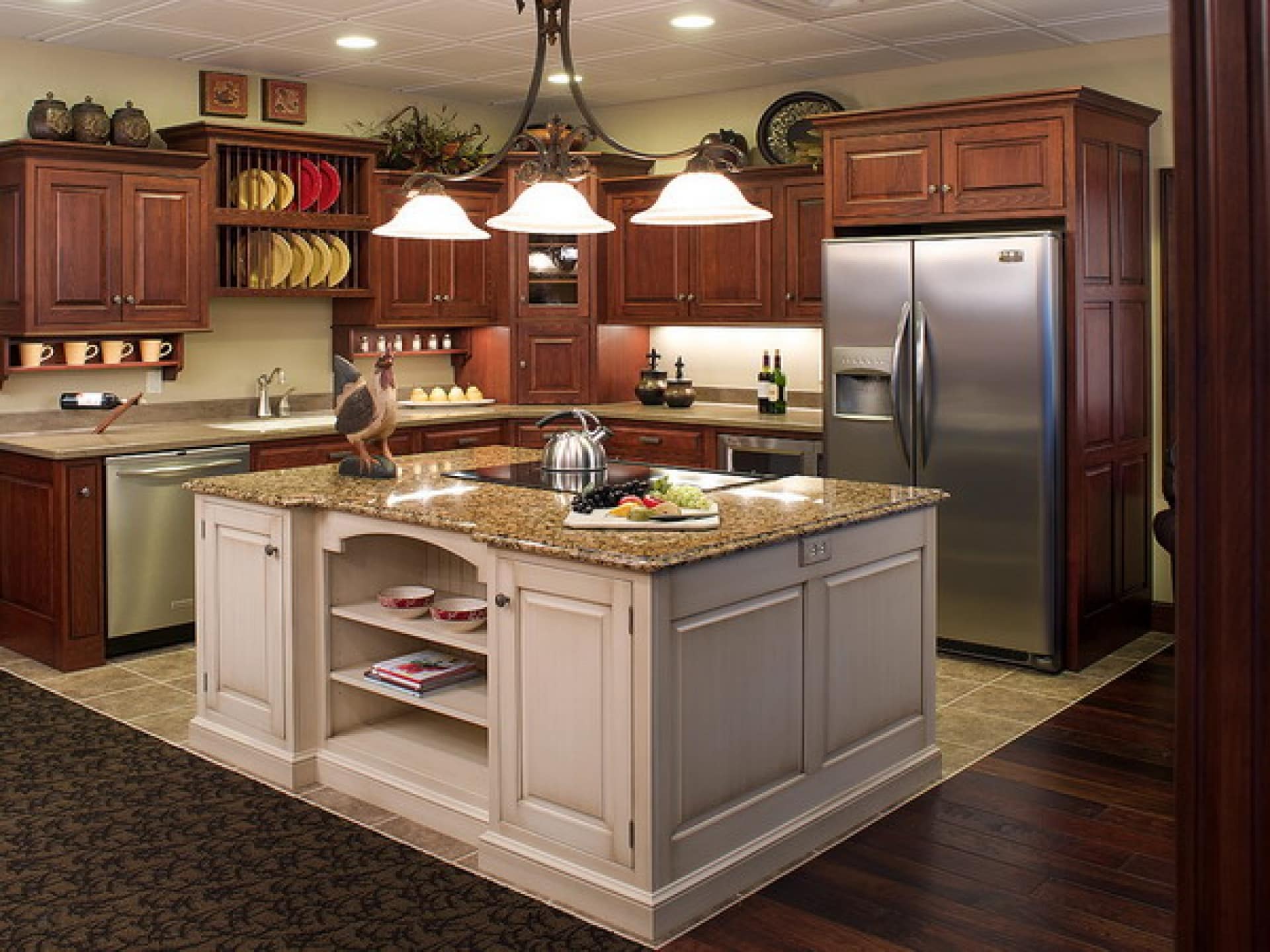When it comes to plumbing, there are many components that work together to keep our homes running smoothly. One of these components is the trap, which is an essential part of any bathroom sink installation. However, not all traps are created equal. In fact, there are two main types of traps used in bathroom sinks: S-traps and P-traps. So, what's the difference between the two? Let's explore and find out which one is better for your bathroom sink. S-Trap vs P-Trap: What's the Difference?
Before we dive into the differences between S-traps and P-traps, let's first understand what a plumbing trap is and why it's important. A trap is a curved or U-shaped pipe that is designed to prevent sewer gases from entering your home. It works by holding a small amount of water in the bend, creating a barrier between your bathroom and the sewer line. This water barrier also helps to catch debris and prevent clogs from forming in your pipes. Now, let's take a closer look at S-traps and P-traps. Understanding Plumbing Traps: S-Trap vs P-Trap
Both S-traps and P-traps serve the same purpose of preventing sewer gases from entering your home. However, they have some key differences that may make one more suitable for your bathroom sink than the other. S-traps have a curved shape that looks like the letter "S", while P-traps have a curved shape that resembles the letter "P". Additionally, S-traps are usually found in older homes, while P-traps are more commonly used in modern plumbing installations. S-Trap vs P-Trap: Which is Better for Your Bathroom Sink?
Like any plumbing component, both S-traps and P-traps have their own set of advantages and disadvantages. S-traps are typically cheaper and easier to install, making them a popular choice for older homes. However, they are more prone to siphoning, which can lead to sewer gas odors and even backflow into your sink. P-traps, on the other hand, have a deeper water barrier and are less likely to experience siphoning. However, they can be more complicated to install and may require more space under your sink. The Pros and Cons of S-Traps and P-Traps for Bathroom Sinks
So, which trap is better for your bathroom sink? It ultimately depends on your specific plumbing needs and the layout of your bathroom. If you have an older home with limited space under your sink, an S-trap may be the more practical choice. However, if you have a modern plumbing system and want a more reliable option, a P-trap may be the way to go. It's always best to consult with a professional plumber to determine which trap is best suited for your specific situation. How to Choose Between an S-Trap and P-Trap for Your Bathroom Sink
Let's take a closer look at the key differences between S-traps and P-traps: S-Trap vs P-Trap: A Comprehensive Comparison
Now that we've covered the basics, let's delve deeper into the differences between S-traps and P-traps. As mentioned before, S-traps are more prone to siphoning, which can lead to unpleasant sewer gas odors and even backflow into your sink. This is because the water barrier in an S-trap can easily be broken if there is a clog or blockage in the pipe. However, P-traps have a deeper water barrier, making them less likely to experience siphoning. Additionally, P-traps have a cleanout plug that can be removed to clear any clogs or debris, making them easier to maintain. Exploring the Differences Between S-Traps and P-Traps for Bathroom Sinks
While S-traps were once the go-to choice for bathroom sinks, P-traps have become more commonly used in modern plumbing installations. This is due to their reliability and ability to prevent siphoning. However, if you have an older home with an existing S-trap, it may be more cost-effective to simply replace it with another S-trap rather than converting to a P-trap. S-Trap vs P-Trap: Which is More Commonly Used in Bathroom Sinks?
No matter which trap you choose for your bathroom sink, it's important to have it installed correctly. Improper installation can lead to leaks, clogs, and unpleasant odors in your bathroom. It's always best to hire a professional plumber to ensure that your trap is installed properly and functioning as it should. This will save you time, money, and headaches in the long run. The Importance of Properly Installing an S-Trap or P-Trap for Your Bathroom Sink
In conclusion, both S-traps and P-traps serve the same purpose of preventing sewer gas from entering your home. However, they have some key differences that may make one more suitable for your bathroom sink than the other. S-traps are cheaper and easier to install, but are more prone to siphoning. P-traps may be more reliable, but can be more complicated to install. It's important to consider your specific plumbing needs and consult with a professional plumber to determine which trap is best for your bathroom sink. S-Trap vs P-Trap: Understanding the Function and Purpose of Each
The Importance of Choosing the Right Trap for Your Bathroom Sink

Understanding the Purpose of Traps in a Bathroom Sink
 When designing or renovating a bathroom, one important element that is often overlooked is the type of
trap
that will be used for the
bathroom sink
. A trap is a curved or S-shaped pipe that is installed beneath the sink, designed to prevent sewer gases from entering the bathroom and to trap debris that may cause clogs in the plumbing system. While there are various types of traps available, the two most commonly used are the
s-trap
and the
p-trap
. Both serve the same purpose, but they differ in design and installation method.
When designing or renovating a bathroom, one important element that is often overlooked is the type of
trap
that will be used for the
bathroom sink
. A trap is a curved or S-shaped pipe that is installed beneath the sink, designed to prevent sewer gases from entering the bathroom and to trap debris that may cause clogs in the plumbing system. While there are various types of traps available, the two most commonly used are the
s-trap
and the
p-trap
. Both serve the same purpose, but they differ in design and installation method.
The Differences between S-traps and P-traps
 The main difference between an
s-trap
and a
p-trap
lies in their shape. An
s-trap
has a curved shape resembling the letter S, while a
p-trap
has a more pronounced bend resembling the letter P. This difference in shape affects the way they are installed. An
s-trap
is typically installed directly to the wall whereas a
p-trap
is installed to the sink drain.
Another difference between the two is the depth of the trap. A
p-trap
is deeper than an
s-trap
, which makes it more effective in trapping debris and preventing sewer gas from entering the bathroom. This is because the deeper the trap, the more water it can hold, creating a barrier between the bathroom and the sewer line. On the other hand, an
s-trap
has a smaller water seal, making it more prone to evaporation and allowing sewer gas to escape.
The main difference between an
s-trap
and a
p-trap
lies in their shape. An
s-trap
has a curved shape resembling the letter S, while a
p-trap
has a more pronounced bend resembling the letter P. This difference in shape affects the way they are installed. An
s-trap
is typically installed directly to the wall whereas a
p-trap
is installed to the sink drain.
Another difference between the two is the depth of the trap. A
p-trap
is deeper than an
s-trap
, which makes it more effective in trapping debris and preventing sewer gas from entering the bathroom. This is because the deeper the trap, the more water it can hold, creating a barrier between the bathroom and the sewer line. On the other hand, an
s-trap
has a smaller water seal, making it more prone to evaporation and allowing sewer gas to escape.
The Advantages of Using a P-trap
 While both traps serve the same purpose, there are several advantages to using a
p-trap
over an
s-trap
. Firstly, a
p-trap
is more efficient in preventing sewer gas from entering the bathroom due to its deeper water seal. This also makes it less likely to dry out and cause unpleasant odors. Secondly, the installation of a
p-trap
is more straightforward compared to an
s-trap
, making it easier for homeowners to maintain and repair if needed. Lastly, a
p-trap
is a more modern and aesthetically pleasing option, as it can be hidden behind the vanity or sink, giving a cleaner and more streamlined look to the bathroom.
In conclusion, when it comes to choosing a
trap
for your bathroom sink, it is important to consider both functionality and design. While an
s-trap
may be a more traditional option, a
p-trap
offers several advantages and is a more practical and modern choice. Ultimately, the decision will depend on your personal preference and the layout of your bathroom. Consult a professional plumber to determine which trap is best suited for your specific needs.
While both traps serve the same purpose, there are several advantages to using a
p-trap
over an
s-trap
. Firstly, a
p-trap
is more efficient in preventing sewer gas from entering the bathroom due to its deeper water seal. This also makes it less likely to dry out and cause unpleasant odors. Secondly, the installation of a
p-trap
is more straightforward compared to an
s-trap
, making it easier for homeowners to maintain and repair if needed. Lastly, a
p-trap
is a more modern and aesthetically pleasing option, as it can be hidden behind the vanity or sink, giving a cleaner and more streamlined look to the bathroom.
In conclusion, when it comes to choosing a
trap
for your bathroom sink, it is important to consider both functionality and design. While an
s-trap
may be a more traditional option, a
p-trap
offers several advantages and is a more practical and modern choice. Ultimately, the decision will depend on your personal preference and the layout of your bathroom. Consult a professional plumber to determine which trap is best suited for your specific needs.





